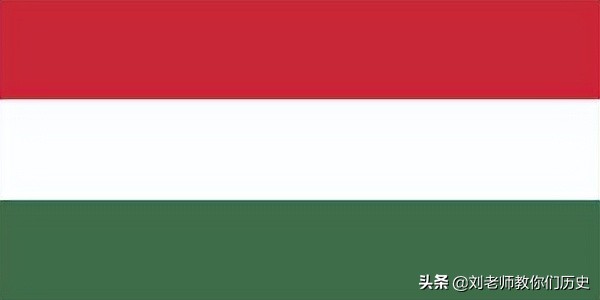Hungary (Hungarian: Magyarország) is a landlocked country located in central Europe, bordering Romania and Ukraine to the east, Slovenia, Croatia and Serbia to the south, Austria to the west, and Slovakia to the north. The famous Danube River, which flows into Hungary from southern Slovakia, cuts Hungary into two parts, the east and west, the Alps in the west and the Carpathian Mountains in the northeast. It has a continental climate with cool and humid climate. Hungary is a moderately developed capitalist country with a high standard of living per capita. The capital is Budapest. The official language is Hungarian.
The Magyars established the Kingdom of Hungary in 1000 AD, dissolved in 1526, divided into three in 1541, ruled by the Austrian Habsburgs from 1699 onwards, united with the Austrian Empire into the Austro-Hungarian Empire in 1867, became independent after World War I, established the Hungarian Soviet Republic in March 1919, and proclaimed the Hungarian People's Republic in August 1949. In 1989, it was renamed the Republic of Hungary and later joined the European Union and NATO.

Why are Hungary and Romania like fire and water? What exactly is the contradiction between Romania and Hungary? This was largely due to the historical problems caused by the collapse of the Austro-Hungarian Empire after the First World War. Transylvania, in particular, now occupies a large part of Romania, which was once a Hungarian homeland but was later assigned to Romania by the great powers to cause disaster.
The Austro-Hungarian Empire before World War I was a dualistic empire formed by the combined Austrian Empire and the Kingdom of Hungary. The ethnic groups within its territory are numerous and complex, especially the Hungarians, which are the second largest ethnic group after Austria and are widely distributed in Eastern Europe. In World War I, Hungary, which had defected to Germany, overwhelmingly dominated Eastern Europe, but it also caused resentment among countries such as Romania. However, after World War I, the Austro-Hungarian Empire collapsed and Hungary gained independence.
However, the nascent Hungary did not receive the fair treatment it deserved. After the Treaty of Triaron, it defeated the great powers and forced Hungary to give up large areas of territory, including Transylvania, which was forcibly assigned to Romania. Hungary lost three-quarters of its territory, its population under its control plummeted from 21 million to 6.5 million, and tens of millions of Hungarians were forced to become a minority in other countries. Romania, on the other hand, quickly became a major power in Eastern Europe because of its acquisition of Transylvania, but the Hungarians, who had once been the masters of the country's Transylvania, now had to rely on people to sniffle, so there was constant conflict here.
At the end of World War II, the Romanians defected to the Soviet Union and followed the Soviet army into Budapest, where they plundered and destroyed wantonly, leading to a deepening hatred between the two countries. In the twentieth century, Romania carried out large-scale "urban-rural standardization" in Transylvania, which once again proliferated the contradictions between the two countries, triggering an outcry in Hungary, which believed that Romania wanted to assimilate the Hungarians in its territory.
Special notice: The above content (including pictures or videos) originates from the Internet, the copyright belongs to the original author, if there is any infringement of your original copyright or pictures, videos and other copyright rights, please inform, we will delete the relevant content as soon as possible.